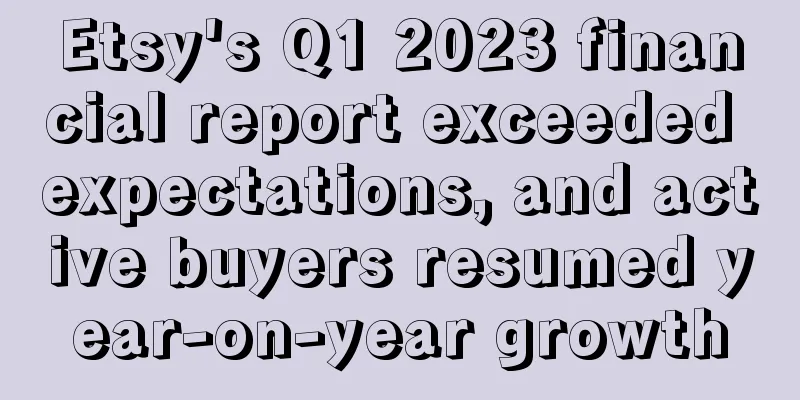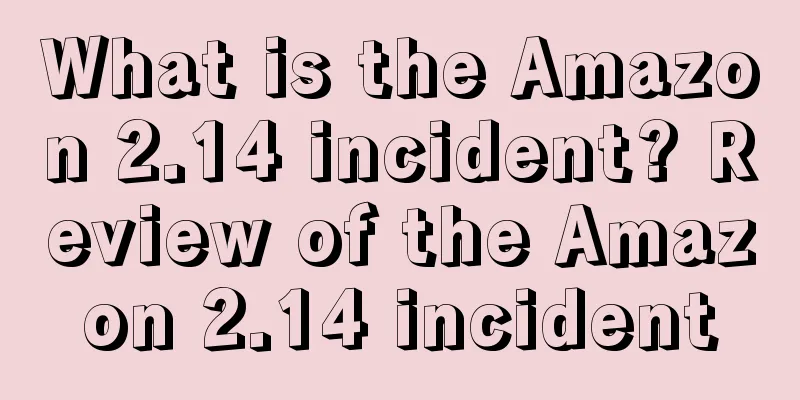Michaels, the US handcraft retail giant, launches a new platform, and Etsy faces a strong competitor

|
It is learned that on November 1, Michaels, the largest handicraft chain retailer in the United States, announced the official launch of its handicraft shopping platform MakerPlace. Before the official launch, the platform had been tested for three months, and so far, the platform has launched more than hundreds of thousands of listings.
MakerPlace is positioned similarly to Etsy, allowing third-party sellers to sell and focusing on the sale of handicrafts. However, there are many differences between the MakerPlace platform and Etsy.
Michaels, vice president, revealed that the launch of MakerPlace was mainly due to the current demand of handicraft merchants for more sales channels. Its research found that nearly 75% of handicraft manufacturers believe that there are currently few e-commerce platforms dedicated to selling handicrafts, and there are many pain points, including high initial sales costs, increasing product listing fees, and the emergence of a large number of mass-produced products, which affect the market competition environment.
To address these pain points, MakerPlace charges merchants cheaper fees and allows sellers to sell virtual goods such as handicraft courses and operation guides to expand revenue sources.
It is reported that MakerPlace does not charge sellers listing fees, and has launched two sales plans for sellers, charging a 4% referral fee for sellers in the basic subscription plan and a 2% referral fee for sellers in the professional level. At the same time, all sellers are charged 3% of the product price, plus a transaction fee of $0.20 per item. In comparison, Etsy charges a listing fee of $0.20 and a transaction fee of 6.5%.
In addition to having a lower sales threshold for sellers than Etsy, MakerPlace is also supported by Michaels, the largest handicraft chain retailer in North America, operating more than 1,290 stores in the United States and Canada, and two major shopping websites, Michaels.com and Michaels.ca.
Therefore, MakerPlace can use Michaels' brand awareness and large customer base to reduce the initial promotion costs. Michaels' website, which was launched in February this year, also opened up sales to third-party sellers, while selling its own products. Currently, more than 1 million SKUs are listed on Michaels.com.
Editor✎ Ashley/ Disclaimer: This article is copyrighted and may not be reproduced without permission. |
<<: Amazon and Walmart: Which company has the better logistics development?
>>: Wish releases Q3 2023 financial report, revenue down 52% year-on-year
Recommend
Comparative survey between Amazon and Temu platforms: 76% of American consumers value Temu's low prices
It is learned that recently, according to foreign ...
The peak season is coming, but you still don’t know how to run Amazon ads? Here are 4 tips for you!
Black Friday is coming to an end, and Cyber Mond...
The “Ten Don’ts” for Optimizing Amazon Listings
For Amazon sellers, the dream every day is to have...
What is Nuheel? Nuheel Review
Nuheel was founded in 2007 with the goal of becomi...
55% of Generation Z shop online through social media
According to a recent survey by Walmart and Mornin...
What is Transshipment 123? Transshipment 123 Review
Zhuanyun123 (www.zhuanyun123.com) is located in Lo...
Cross-border fraud is rampant! Many Amazon sellers have encountered review scams!
▶ Video account attention cross-border navigation ...
What you need to do before Amazon Prime Day
text According to the official date, Amazon Prime...
It's going viral! Will a product page be removed if it has these two words?!
Today, a piece of news exploded in the sellers’ c...
Amazon's reasonable price adjustment method sharing
Will price adjustment affect link weight? How to a...
What is Amazon Currency Converter for Sellers? Amazon Currency Converter for Sellers Review
Amazon Currency Converter for Sellers is an option...
Walmart seller benefits are coming again, and logistics costs are reduced again!
In order to improve transportation efficiency, Wa...
A few moments ago on Amazon Prime Day, even the advertising backend crashed!
At 3 pm Beijing time on July 16, 2024, Amazon Prim...
What is Fruugo? Fruugo Review
Fruugo was launched in Finland. It is an internati...









